Pair of cornucopias in carved and gilded wood, decorated with a fine molding on the inside and an elaborate composition of curved plant elements on the outside, leaving empty spaces and a marked asymmetry in both cases, tempered by the fact that both examples were carved with the same decoration. This type of work was only made for main houses, as it served primarily to reflect the light of candles and lamps in these luxurious interiors, thus demonstrating the economic power of their owners. The method of making mirrors from sheets of glass was discovered in Venice in the 16th century and was kept secret until about a century later, when the role of mercury in the process became known in London and Paris, allowing the expansion of these elements. However, the use of cornucopias did not spread throughout Europe until the Rococo period, and their use and creation have continued ever since. From the beginning, and with the idea of showing the economic prosperity of its owner and aiding in lighting, it was normal for it to be gilded after being carved. The movement that the pieces present inside, where the mirror would be, provides a first clue to place it in an artistic style. As for its decoration, the vegetal elements, the braces, the curved shapes contrasting with counter-curves and the scallop details refer to the clear belonging of the two examples to the Rococo, differentiating them from both the 18th century examples with a greater neoclassical influence, as well as from those of the 19th century. The asymmetry that each of the cornucopias has in its decoration refers to the beginning of this style, given that, after a time, the contrasts of this artistic style were softened by placing the decoration in markedly symmetrical compositions. ·
Size: 64x25x110 cms


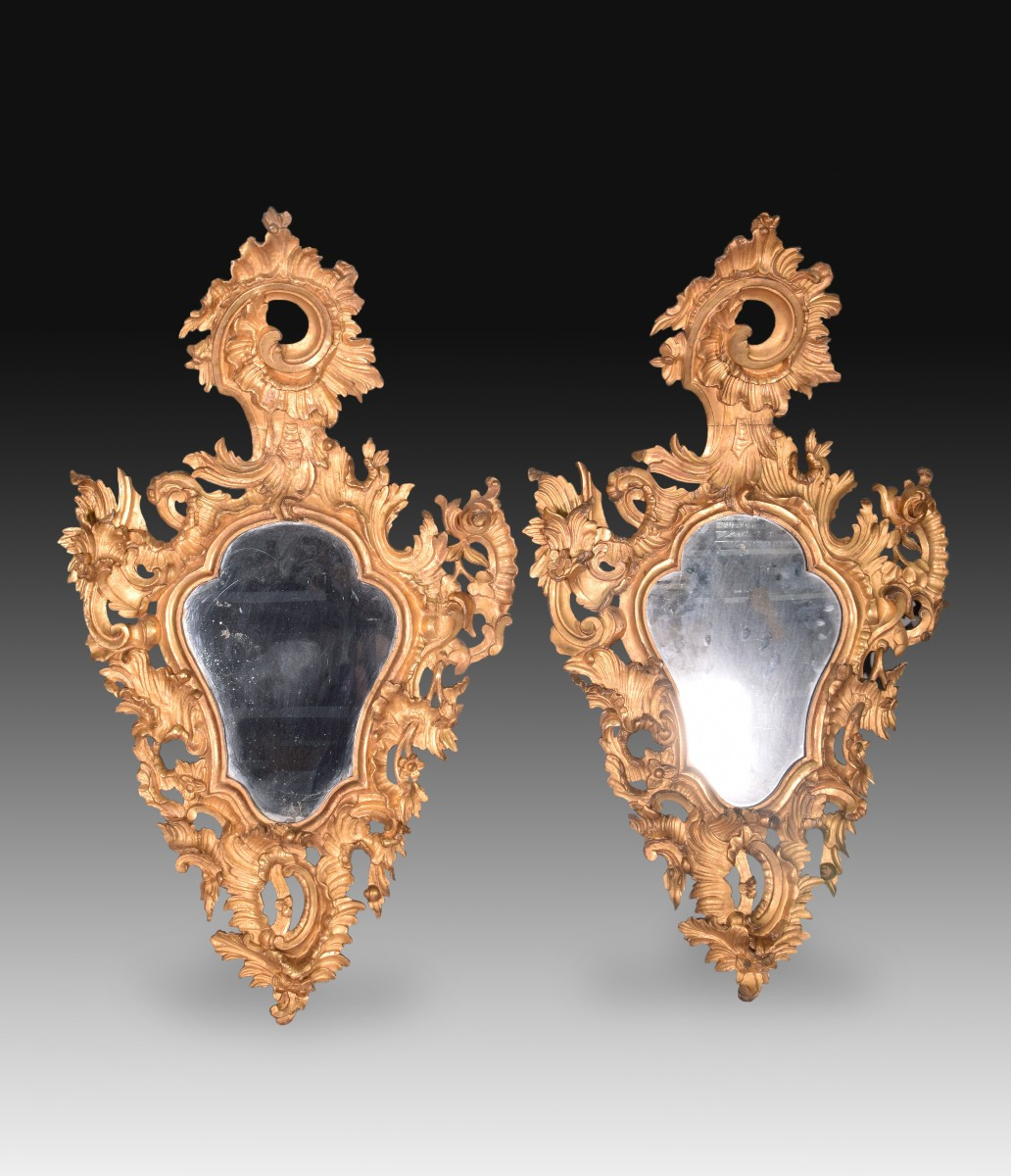


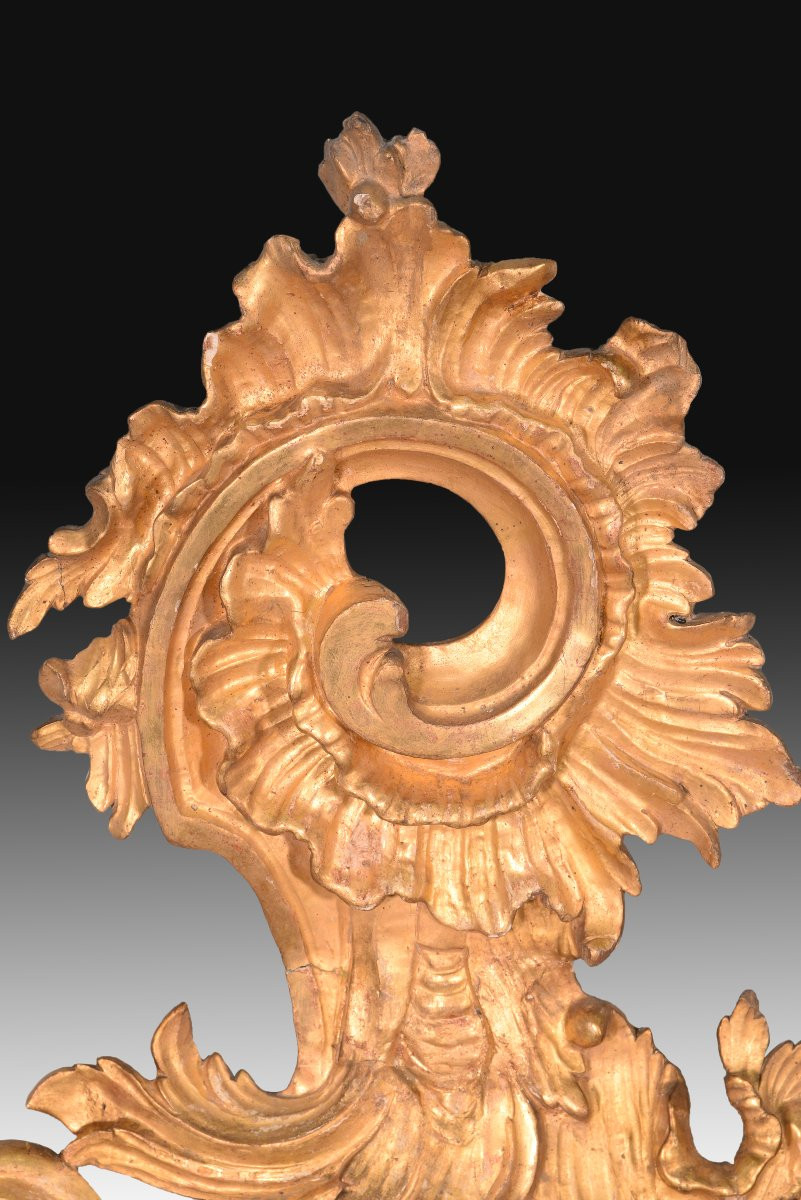
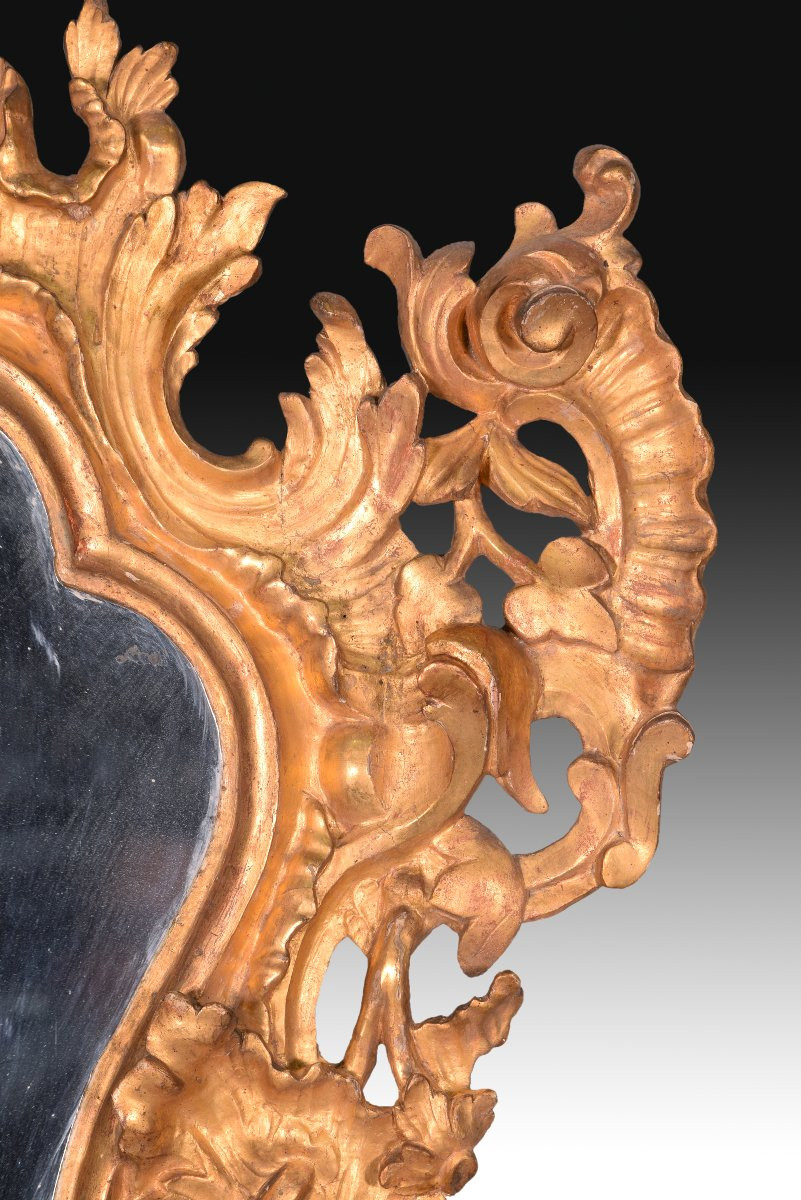


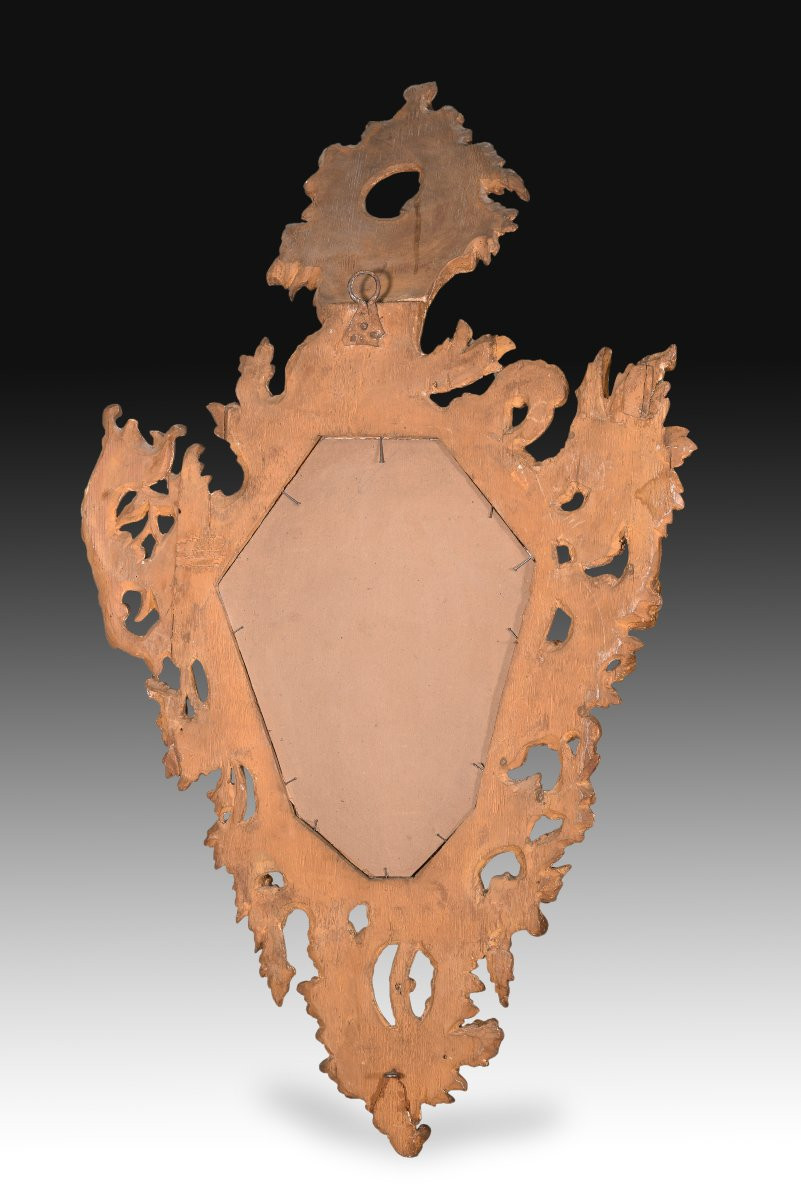























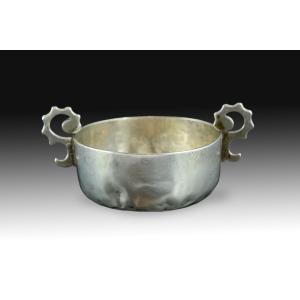
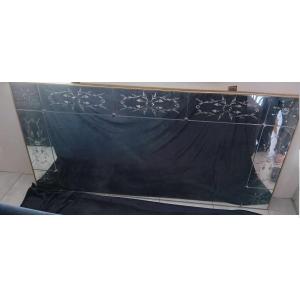
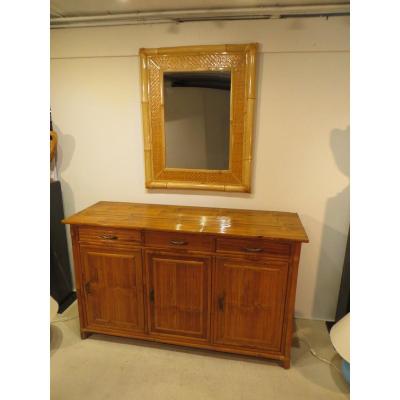






 Le Magazine de PROANTIC
Le Magazine de PROANTIC TRÉSORS Magazine
TRÉSORS Magazine Rivista Artiquariato
Rivista Artiquariato